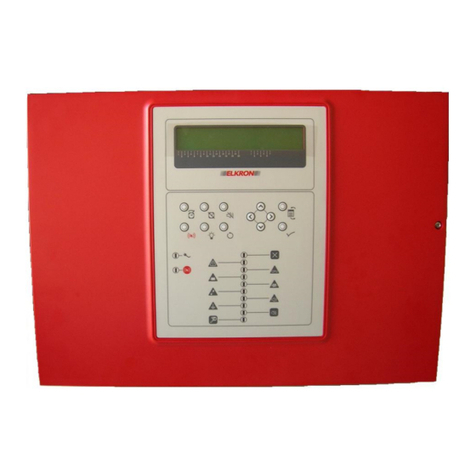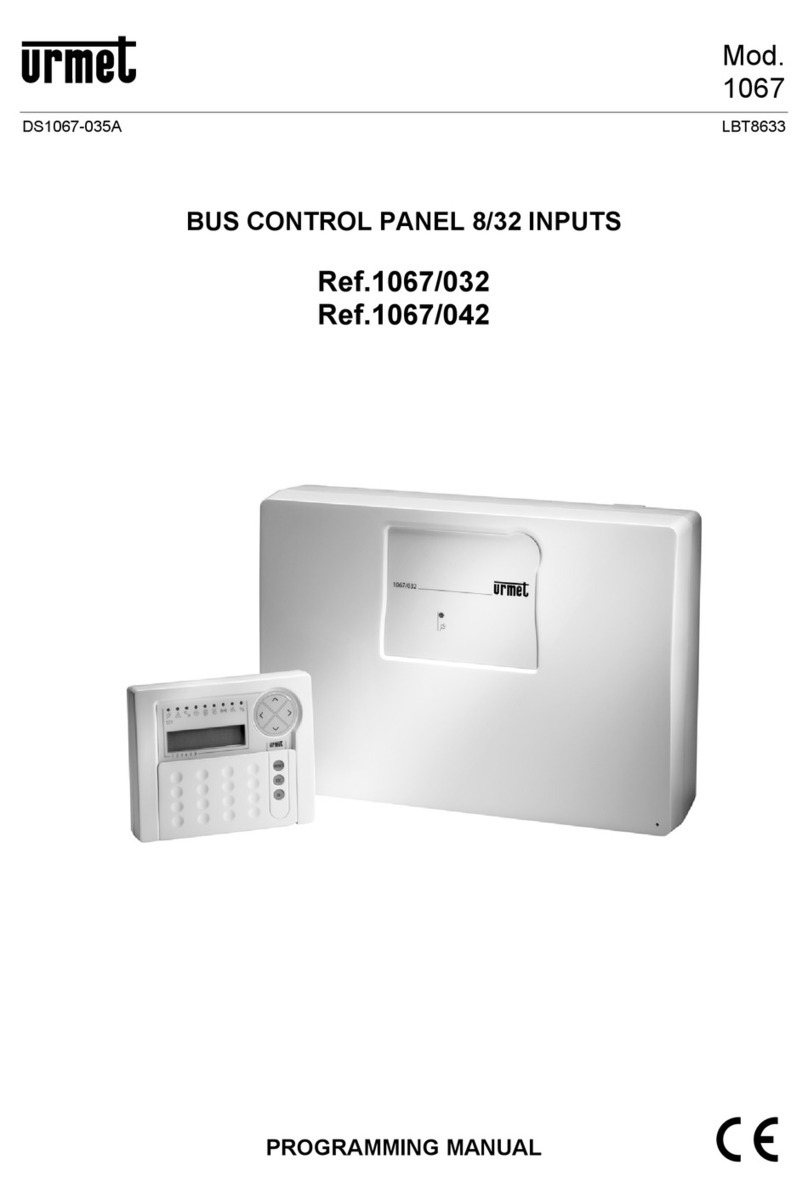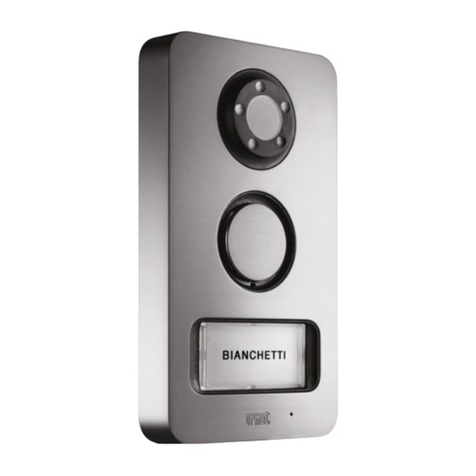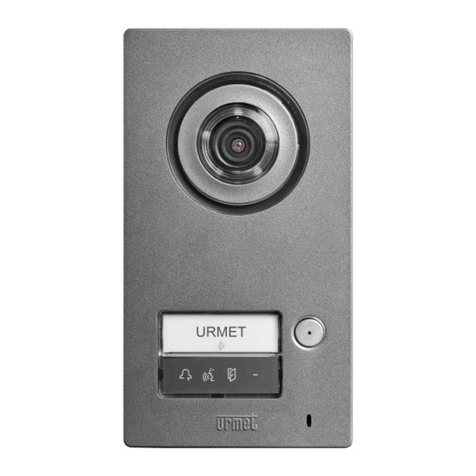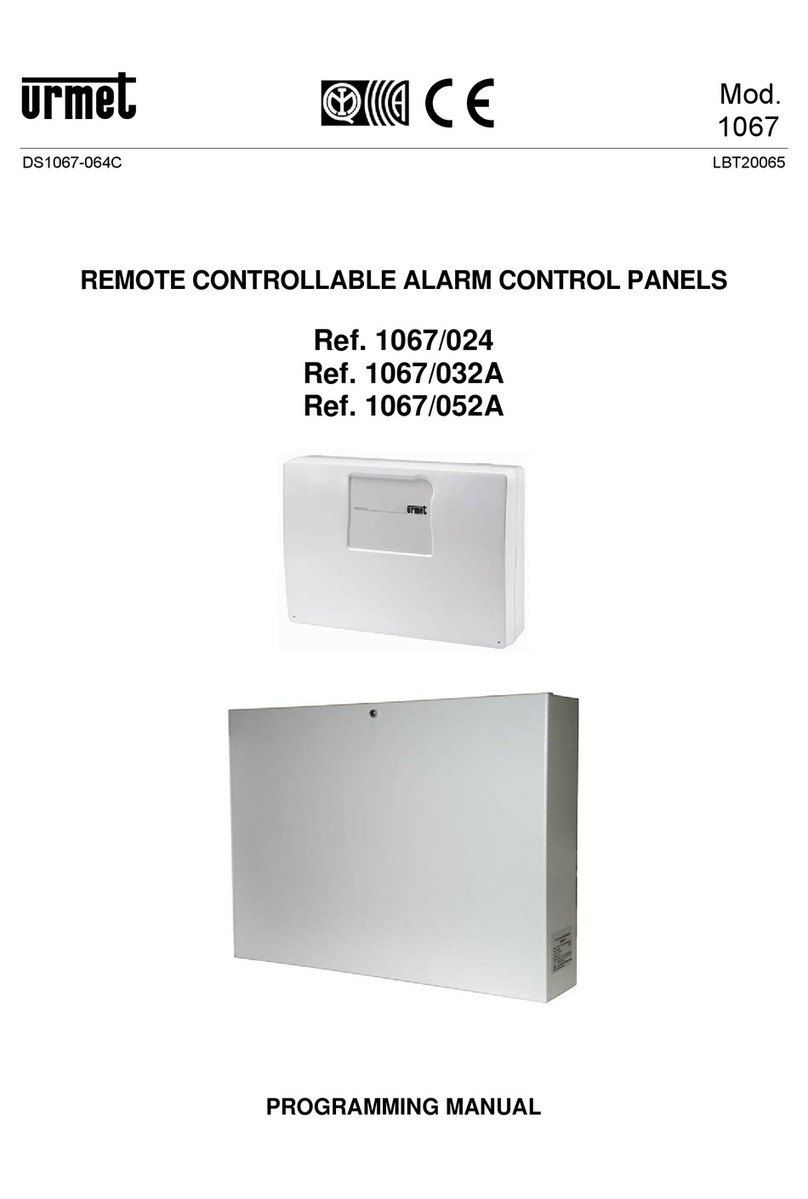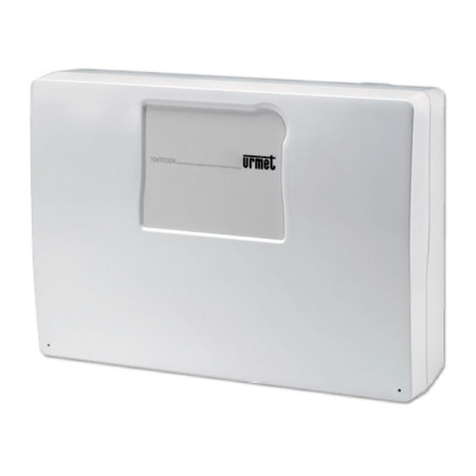
DS1061-036A 3
5.3 FIRST POWER-UP .................................................................................................................... 34
5.4 SYSTEM CONFIGURATION VIA HARDWARE......................................................................... 34
5.4.1 Entering in programming mode.............................................................................................. 34
5.4.2 Main programming menu ....................................................................................................... 35
5.4.3 Inputs programming menu ..................................................................................................... 36
5.4.4 Outputs Programming Menu.................................................................................................. 37
5.4.5 Zones programming menu..................................................................................................... 38
5.4.6 Times programming menu ..................................................................................................... 39
5.4.7 Keys programming menu....................................................................................................... 41
5.4.8 Codes programming menu .................................................................................................... 42
5.4.9 Keys / zones association menu ............................................................................................. 42
5.4.10 Codes / zones association menu ........................................................................................ 43
5.4.11 PSTN/GSM communicator programming menu.................................................................. 44
5.4.12 Vocal messages recording menu........................................................................................ 47
5.4.13 Keypad auxiliary inputs programming ................................................................................. 49
5.4.14 Exit from programming procedure....................................................................................... 49
5.5 SYSTEM CONFIGURATION VIA SOFTWARE ......................................................................... 50
5.5.1 USB interface mounting and pc connection........................................................................... 50
5.5.2 Basic parameters programming............................................................................................. 51
5.5.3 Telephone communicators configuration ............................................................................... 53
6FINAL OPERATIONS.......................................................................................................................... 55
6.1 COMPLETION............................................................................................................................ 55
6.1.1 Electronic key/proximity readers closing................................................................................ 55
6.1.2 Keypads closing..................................................................................................................... 55
6.1.3 Control panel closing ............................................................................................................. 55
6.2 TEST .......................................................................................................................................... 55
7MAINTENANCE .................................................................................................................................. 55
7.1 MAINTENANCE PROCEDURE ................................................................................................. 55
7.2 READER..................................................................................................................................... 56
7.2.1 Electronic key/proximity reader addition ................................................................................ 56
7.2.2 Electronic key/proximity reader deleting ................................................................................ 56
7.2.3 Electronic key/proximity reader replacement ......................................................................... 56
7.3 KEYPAD ..................................................................................................................................... 57
7.3.1 Keypad addition ..................................................................................................................... 57
7.3.2 Keypad deleting ..................................................................................................................... 57
7.3.3 Keypad replacement ..............................................................................................................57
7.4 DETECTOR................................................................................................................................ 58
7.4.1 Detector addition.................................................................................................................... 58
7.4.2 Detector deleting.................................................................................................................... 58
7.4.3 Detector replacement............................................................................................................. 58
7.5 ADDITION OF A CONTROL PANEL OPTIONAL DEVICE ........................................................ 58
7.6 BATTERY REPLACEMENT ....................................................................................................... 59
7.7 CLEANING ................................................................................................................................. 59
8TECHNICAL CHARACTERISTICS ..................................................................................................... 60
8.1 1061/006A CONTROL PANEL................................................................................................... 60
8.2 1061/025 MANAGEMENT KEYPAD .......................................................................................... 61
8.3 ELECTRONIC KEY READER .................................................................................................... 61
8.4 PROXIMITY READER................................................................................................................61
8.5 1061/002 PSTN TELEPHONE COMMUNICATOR .................................................................... 61
8.6 1061/458 GSM MODULE........................................................................................................... 62
